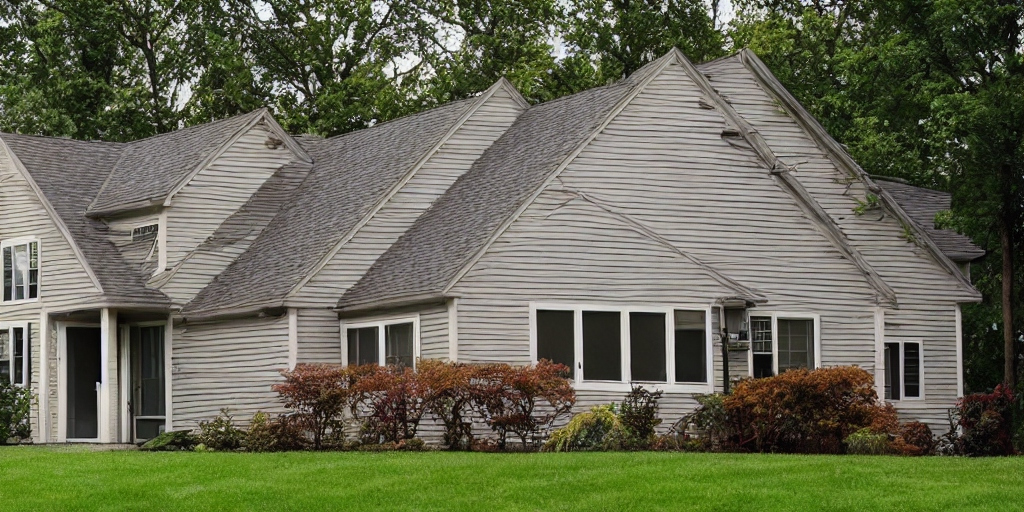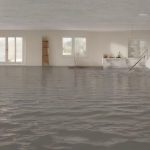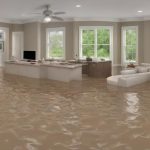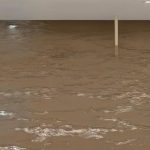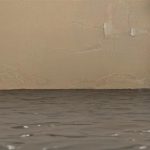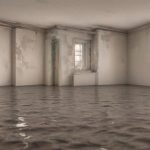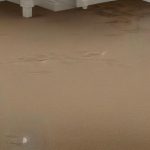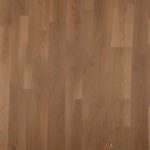Introduction
Water damage to siding can be a homeowner’s nightmare, causing structural issues and costly repairs if left unchecked. Understanding the signs of water damage and knowing how to address them is crucial for protecting your home. In this comprehensive guide, we’ll delve into the causes of water damage siding, signs to watch out for, and expert tips for fixing the issue.
What Causes Siding to Become Water Damaged?
Weather
Weather elements such as powerful wind and hail storms can wreak havoc on your siding. They can chip, dent, or crack the surface, allowing water from rain and snowstorms to seep in and cause damage.
Wildlife
Woodpeckers, ants, bees, termites, and other pests can create holes or burrow into your siding, making it more vulnerable to water infiltration. These tiny intruders can compromise the integrity of your siding, leading to moisture-related issues.
Moisture
Humidity, rainwater, leaky gutters, and poor ventilation contribute to a moist environment, which eventually leads to mold growth and rot on your siding. Addressing moisture issues promptly is essential to prevent further damage.
Also Read: Restoring Peace of Mind: Water Damage Restoration Services in Tampa, FL
Signs Your Siding Has Water Damage
Mold and Mildew
The presence of mold, mildew, and fungus on your siding panels indicates water penetration and underlying damage. Keep an eye out for these growths, especially in damp and shaded areas of your home’s exterior.
Cracked Panels
Loose, cracked, or missing siding panels are a clear sign of water damage. Moisture weakens the boards, making them more susceptible to destruction during storms and other weather events.
Bubbling and Warping
Bubbling, bulging, or warped siding suggests that water has seeped underneath the paint and settled into the cracks. Addressing these issues promptly can prevent further damage to your siding and the underlying structure of your home.
Rotted Boards
Dry rot, indicated by dark orange or rust-colored spots on your siding, is a serious sign of water damage. Ignoring dry rot can lead to extensive structural issues and costly repairs.
Fading
Faded siding indicates that its waterproofing abilities are diminishing. Consider replacing your siding proactively to prevent further water damage.
High Energy Costs
Unexpectedly high energy bills could be a result of water-damaged siding. Moisture-soaked boards can compromise your home’s insulation, leading to increased heating and cooling costs.
How to Fix Your Siding’s Water Damage
Create a Plan Quickly
Develop a plan for siding replacement as soon as you notice signs of water damage. Prompt action can prevent further damage and save you money in the long run.
Invest in Proper Installation
Leave siding replacement and installation to the professionals to ensure it’s done correctly. Expert contractors can remove old siding, treat underlying moisture damage, and install water-resistant siding to prevent future issues.
Use High-Quality Products
Invest in top-notch, water-resistant siding products like James Hardie® fiber cement siding. These products are engineered to withstand the elements and provide long-term protection for your home.
Also Read: Restoring Homes and Businesses: Water Damage Restoration in Las Vegas
Conclusion
Water damage siding is a common issue that homeowners face, but it can be effectively addressed with the right knowledge and action. By understanding the causes and signs of water damage and following expert tips for fixing the issue, you can protect your home from costly repairs and ensure its longevity. Don’t wait until it’s too late—take proactive steps to safeguard your home’s siding today.
